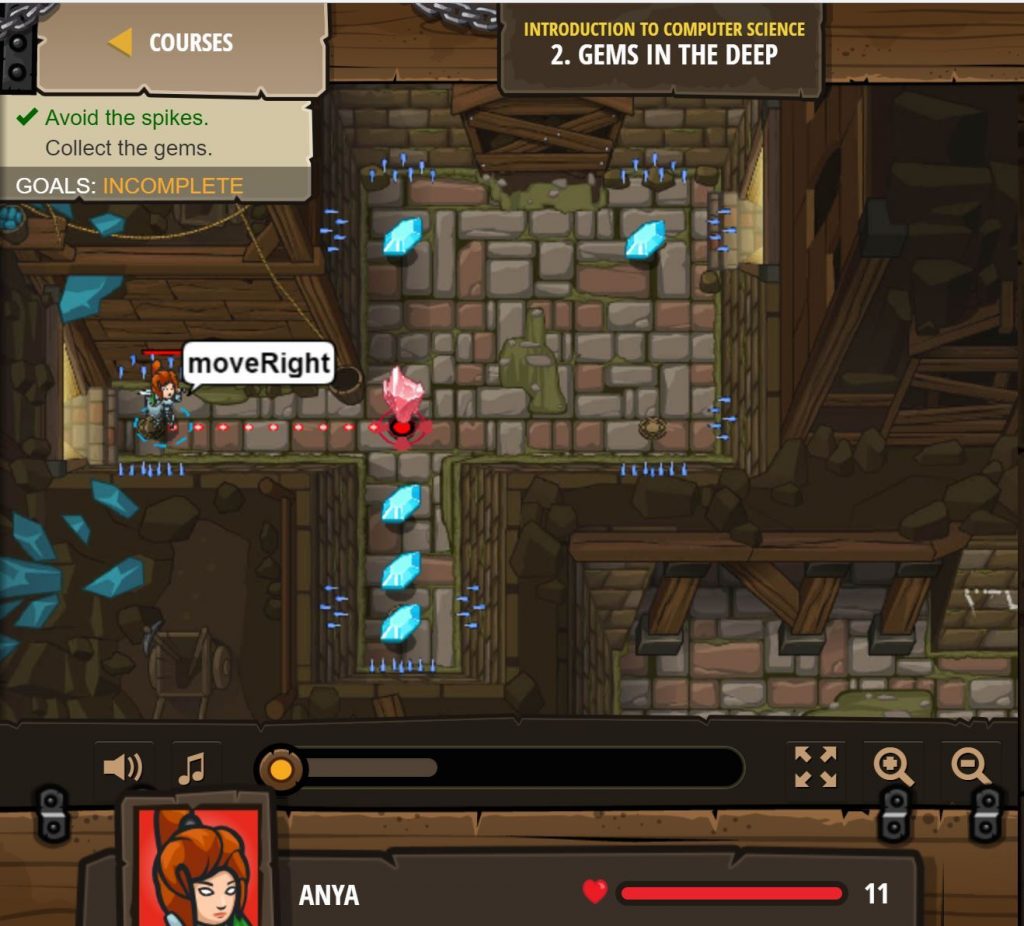Our Year 9 students have just finished a unit using the BBC Micro:bits. Now we are moving on to a very short, 4 week program on programming using Python. As our 9 students only have Digital Technology for two lessons a week and for one semester only, I need to try and make this program as engaging and as effective as possible. This short course has been designed so that students gain experience and understand the basics of Python coding before moving into year 10 and design a game using Python which involves modular programming, including an object-orientated program. I have also had to take into consideration that our current year 9’s have minimal programming skills.
To start off with, I created a teacher account for Code Combat and provided my students with a code to join my class. Last week I gave a demonstration and helped them set up their accounts. Then I gave them 15 minutes to play as I am away next week, and they will have a relief teacher. My intention was to only give them 15 minutes but they didn’t want to get off! The class was silent, they were engaged and when I asked them to log out, they begged for more time. Being such a nice teacher, I gave them 5 more minutes 😉 then we had to finish off our Micro:Bit tasks.
So what is Code Combat? Well, it is an online program which teaches students the basics of Python and uses typed code, not drag and drop. What hooked me straight away was the game element. You can access the first 41 (I think) levels for free, then a subscription fee is required after that. As we are pressed for time with our course, the free version is enough. However, if you aren’t pressed for time I highly recommend the paid version.
Then we move onto using the Python editor. One of my colleagues, created a series of video tutorials which have tasks for students to complete at the end of the videos. We haven’t finished making them yet, nor the assessment task but below I have provided you with the links to our videos which you may like to use.
VIDEO 1: Introduction, how to download Python LINK
VIDEO 2: Python print LINK
VIDEO 3: Python variables LINK
VIDEO 4: Python input part a LINK
VIDEO 5: Python input part b LINK
